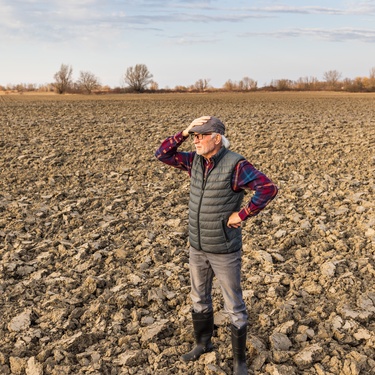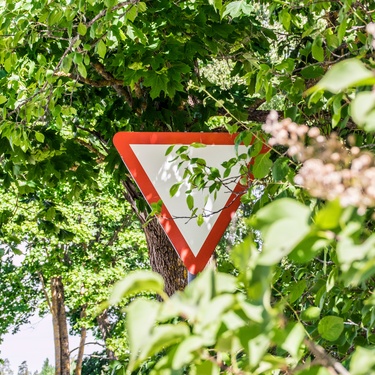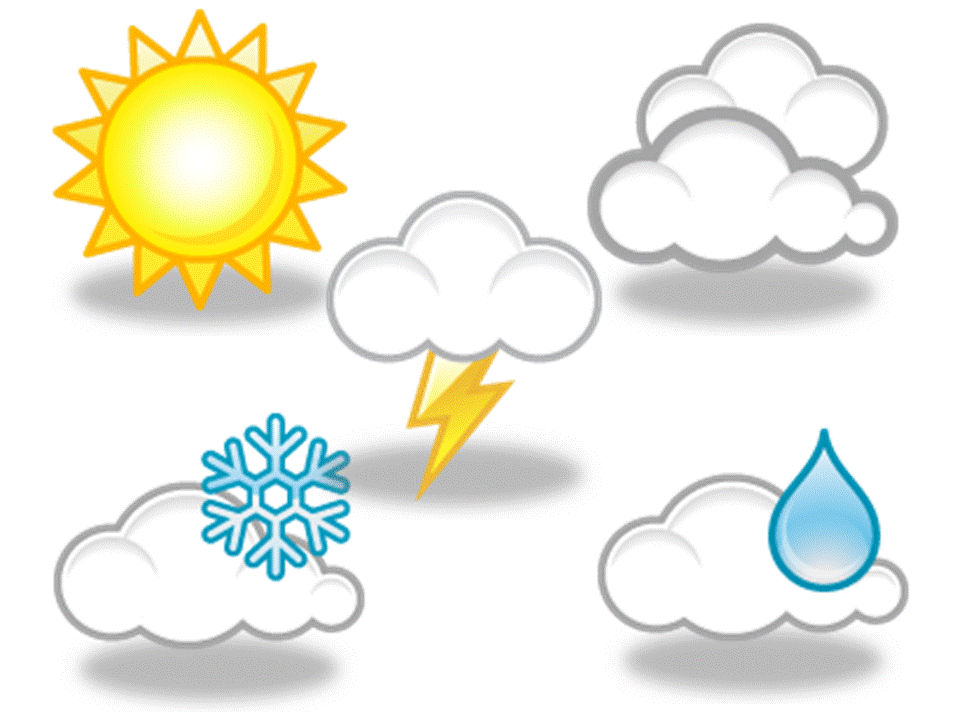
Healthy soil drives crop growth, supports ecosystems, and sustains communities worldwide. Unfortunately, soil erosion has become a major issue, threatening agricultural productivity and environmental balance. Erosion strips away fertile topsoil, making it harder for farmers to grow food. Let’s explore the common causes of soil erosion and practical solutions to address them.
Water Erosion
Rainfall and surface runoff are the leading culprits of soil erosion. Heavy rains discharge unprotected particles and wash them away. This process intensifies without strong vegetation or effective drainage, particularly on sloped lands.
Farmers in regions prone to seasonal thunderstorms, such as Southeast Asia, experience soil erosion and its effect on crops and waterways. For example, areas in the Philippines experience reduced agricultural yield due to eroded fields during monsoon season.
Poor agricultural infrastructure, such as unlined ditches or inadequate irrigation systems, can worsen the issue. Controlling water erosion requires strong soil stabilizers and thoughtful land use planning.
Wind Erosion
Strong winds strip fertile soil, especially in dry or semi-arid climates. With little moisture to hold the soil in place, gusts blow away the top layer that crops depend upon. Moreover, over-plowed lands, triggered by poor farming practices, make soil vulnerable.
Wind moves soil across vast stretches without trees, grass, or shrubs to act as barriers, lowering land productivity. Farmers combat wind erosion by planting windbreaks, such as rows of trees, and using conservation techniques to minimize exposed soil.
Overgrazing
Overgrazing is a common cause of soil erosion and agricultural problem. When livestock graze beyond what grasslands can recover from, plants vanish, exposing soil to wind and water erosion. Regions can lose fertile land due to unchecked grazing habits, especially with an increasing demand for livestock.
Over time, compacted soil from the hooves of animals makes it harder for water to soak in, increasing runoff during rains. Protecting vulnerable soil involves managing livestock and restoring vegetation through rotational grazing and reseeding efforts.
Unsustainable Farming Practices
Certain agricultural practices increase erosion risks. Excessive tilling, which breaks the soil apart too frequently, compromises its structure. Monocropping, where farmers grow just one crop across large areas, depletes nutrients and leaves the soil vulnerable after harvests.
Farmers in regions with marginal soil often watch their fields’ productivity drop from repeated nutrient loss. Solutions include crop rotation, cover crops, and conservation tillage, all promoting better soil health. Building long-term soil strength requires treating it as a living resource rather than something to exploit.
Solutions To Prevent Soil Erosion
Farmers rely on vegetation cover, planted windbreaks, and various methods, such as terracing, to protect the soil from natural forces. Moreover, no-till farming and crop rotation rebuild the land and reduce its vulnerability over time.
Furthermore, geomembrane liners can prevent soil erosion by blocking water erosion. These liners create protective barriers that shield soil from heavy rains and excessive irrigation runoff.
Lastly, reforestation efforts restore degraded lands and provide natural protection against soil erosion.
Bio: Casey is a passionate copyeditor highly motivated to provide compelling SEO content in the digital marketing space. Her expertise includes a vast range of industries from highly technical, consumer, and lifestyle-based, with an emphasis on attention to detail and readability.



















